Zeinabu irene Davis on ‘Compensation’
The inspiration to make Compensation grew out of a journal entry. I frequently work with non-actors and, in order to keep cast members engaged and in character, I ask them to write in their diaries. While I was making A Powerful Thang (1991), when I was living in southwestern Ohio, lead actor Asma Feyijinmi wrote a response to a simple, beautiful poem, entitled ‘Compensation’, by Paul Laurence Dunbar, who was from nearby Dayton. Though Dunbar composed the poem in 1905, as he was dying from tuberculosis, Asma felt its relevance to the contemporary AIDS crisis. Thus the seed of the story was planted.
The film was not initially conceived with a Deaf actor in mind. I was on a grant panel in St. Paul, Minnesota, and went to see a theatre performance one evening. Michelle A. Banks was in a Black Deaf production of Waiting for Godot at the Northern Sign Theater. Screenwriter Marc Arthur Chéry and I were totally mesmerised by Banks. After the show, I asked if she would be interested in film acting, and she said she would. I began studying American Sign Language (ASL) and familiarising myself with Deaf culture – in particular, Black Deaf culture. To date, my research has uncovered no other feature films with Black Deaf lead characters.
There is far too little media or literature written and/or directed by or for Deaf African Americans, or indeed any Deaf Americans. In some small way, I hope this film has contributed to the artistic and cultural voices emanating from the Deaf community. In addition to Banks, the cast and crew of Compensation includes the participation and performance of Black Deaf actors and technicians, most notably actor-dancer Christopher Smith, filmmaker Jade Bryan, and Chicago-based photographer Devon Whitmore.
Producing and directing Compensation continued my development as an artist in search of a cinematic language that moves beyond mass-media stereotypes and that reflects some of the rhythms and nuances of African American culture. Shifting away from conventional narrative structure, a formal language was melded between cinematic discourse and Deaf ways of knowing. Cinema, much like sign language, is a visual language that is understood by many – a bridge of communication for people of many languages and cultures.
Compensation incorporates and references silent film devices such as ornate title cards, tableau-like compositions and syncopated ragtime music. I hope my handling of the subject matter will incite reflection and discussion among viewers about Deaf/hearing communication as well as issues of loss and illness.
Stylistically, Compensation is an outgrowth of my previous films A Powerful Thang and Cycles. With every movie I make, I try to set up new technical challenges. I had never used an optical printer before. The contemporary story of Compensation includes what I call the ‘depression montage’, performed on an optical printer at a pivotal point in the film to explore the psychologies of Malaika and Nico. This sequence was edited by adapting filmmaker Sergei Eisenstein’s theory of metric montage, which simulates a feeling of unsettledness. The audio design was carefully constructed to approximate Deafness through such techniques as silence and breath awareness, exaggerated volume, heavy bass frequencies and vibrations, and underwater sound reproduction. Effects in this section include aural distortions of communication devices like telephones, answering machines, and the TTY (teletypewriter).
Inspired by some styles of African cinema, which effectively reduce conversation in order to reach broad, multilingual audiences, Compensation employs sparse dialogue – in fact, there is none on-screen until the character of Arthur is introduced, after 15 minutes of the film have already passed.
It is important for me as an artist to communicate with others about difficult topics. Illness, especially AIDS and tuberculosis, is not an easy subject to discuss. What really interests me is how we handle the loss and death of those who are afflicted by such diseases. The human mind copes in many different ways, amazingly able to remain generous and giving even in dire situations. In most cases, no words need be spoken in order to evoke compassion and solidarity.
As an African American woman video- and filmmaker who has been producing work for multiple decades, I feel a strong affinity for – and a sense of responsibility in – crafting images of African American women. I am interested in expanding our horizons as Americans and as women – we are not invisible, and certainly not ‘bitches and hos’. Compensation focuses decidedly on its women characters, telling the story primarily from their points of view. Through this film and others, I have tried to contribute to the challenge that independent filmmaking presents to the domain of mass media in the United States.
As a university professor, it was very important to me that the Compensation crew include students, many of whom were women; 85 percent of the crew ended up being female. My practice has been to mix professionals with students, and to also mix the production crew along the colour line. In doing so, I feel that I have been successful in making some small changes to the world of media. I will continue to employ these practices as I tell my stories and endeavour to influence other creators.
Janus Films press notes
Compensation
Director: Zeinabu irene Davis
Production Company: Wimmin With A Mission Productions
Producers: Zeinabu irene Davis, Marc Arthur Chéry, Yvonne Welbon, Dana Briscoe
Screenplay: Marc Arthur Chéry
Director of Photography: Pierre H.L. Désir Jr
Editors: Zeinabu irene Davis, Dana Briscoe
Production Designer: Cathy C. Cook
Music: Reginald B. Robinson, Atiba Y. Jali
Cast
Michelle A. Banks (Malindy Brown / Malaika Brown)
John Earl Jelks (Arthur Jones / Nico Jones)
Christopher Smith (William Young / dancer)
K. Lynn Stephens (Aminata Brown)
Nirvana Cobb (Tildy Evans / children’s library reader)
Kevin L. Davis (Tyrone)
USA 1999
92 mins
Digital 4K (restoration)
Digitally restored in 4K by The Criterion Collection, UCLA Film and Television Archive, and Wimmin With a Mission Productions in conjunction with The Sundance Institute
SIGHT AND SOUND
Never miss an issue with Sight and Sound, the BFI’s internationally renowned film magazine. Subscribe from just £25*
*Price based on a 6-month print subscription (UK only). More info: sightandsoundsubs.bfi.org.uk

BFI SOUTHBANK
Welcome to the home of great film and TV, with three cinemas and a studio, a world-class library, regular exhibitions and a pioneering Mediatheque with 1000s of free titles for you to explore. Browse special-edition merchandise in the BFI Shop.We're also pleased to offer you a unique new space, the BFI Riverfront – with unrivalled riverside views of Waterloo Bridge and beyond, a delicious seasonal menu, plus a stylish balcony bar for cocktails or special events. Come and enjoy a pre-cinema dinner or a drink on the balcony as the sun goes down.
BECOME A BFI MEMBER
Enjoy a great package of film benefits including priority booking at BFI Southbank and BFI Festivals. Join today at bfi.org.uk/join
BFI PLAYER
We are always open online on BFI Player where you can watch the best new, cult & classic cinema on demand. Showcasing hand-picked landmark British and independent titles, films are available to watch in three distinct ways: Subscription, Rentals & Free to view.
See something different today on player.bfi.org.uk
Join the BFI mailing list for regular programme updates. Not yet registered? Create a new account at www.bfi.org.uk/signup
Programme notes and credits compiled by Sight and Sound and the BFI Documentation Unit
Notes may be edited or abridged
Questions/comments? Contact the Programme Notes team by email

